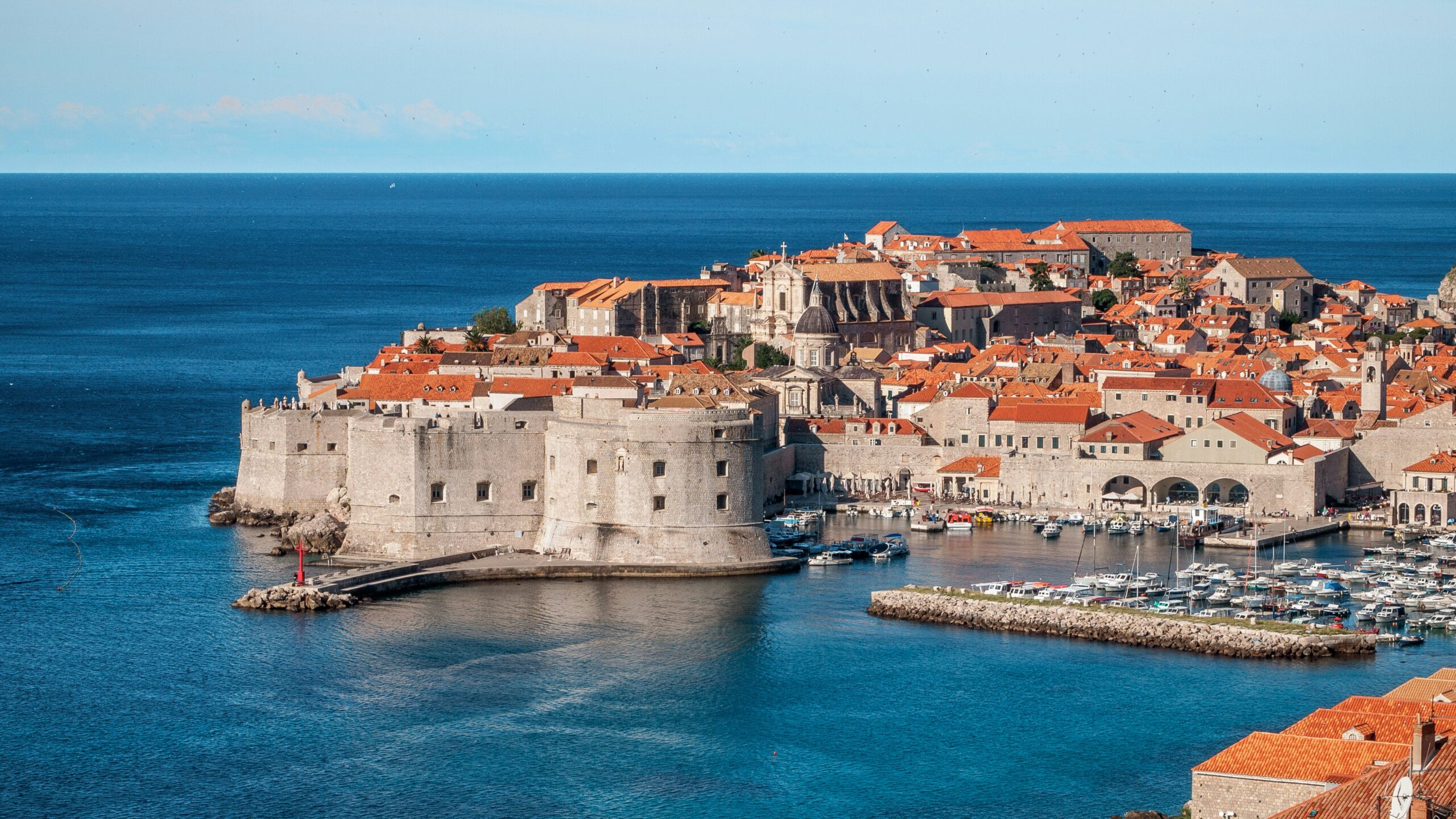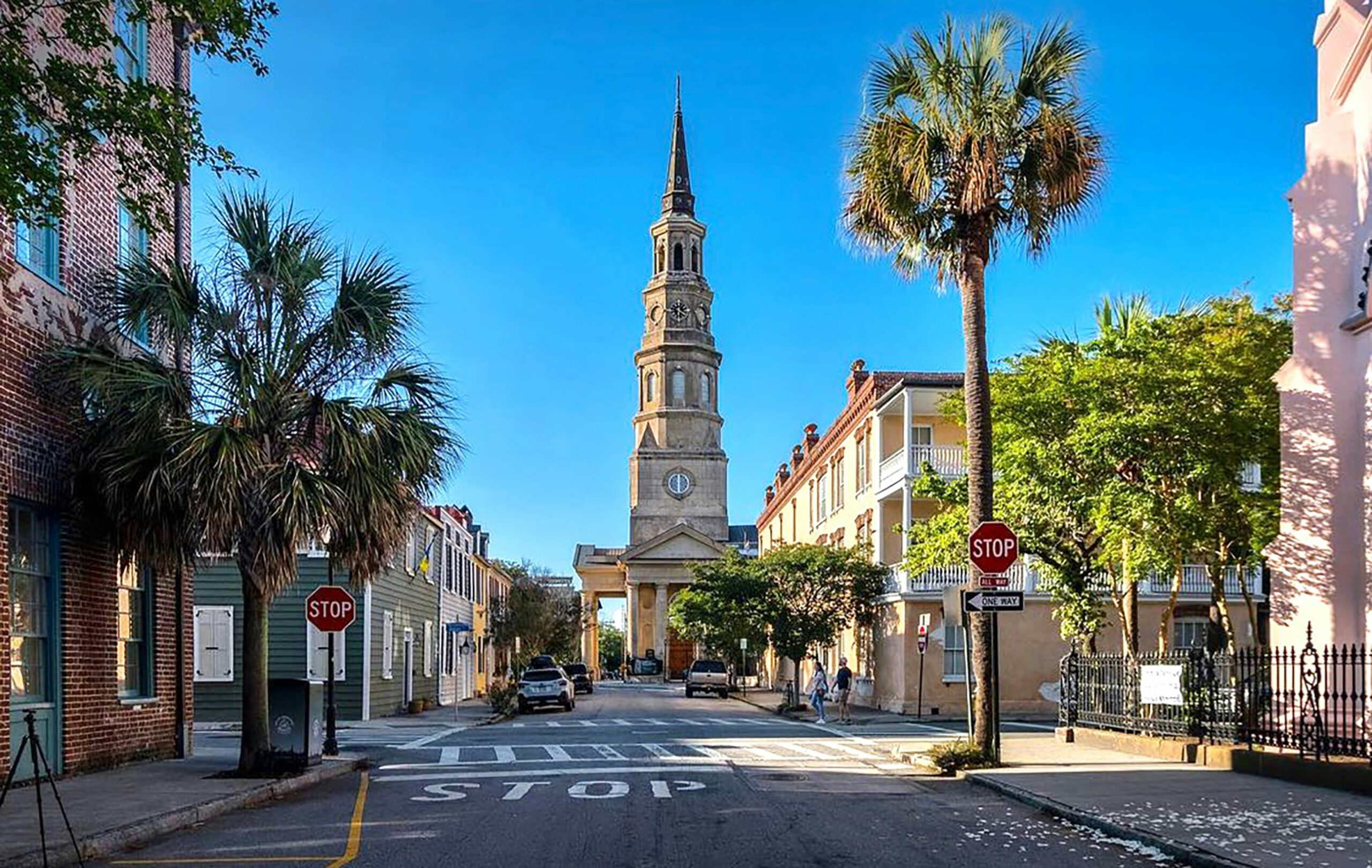Introduction
If you’re dreaming of turquoise waters, ancient stone cities, and solar-drenched islands, Croatia should be at the top of your travel list. This Adriatic gem has skyrocketed in recognition during the last decade, and for appropriate motive—its blend of Mediterranean attraction, historical architecture, and natural splendor is genuinely unmatched. But as mesmerizing as Croatia is, there are hidden pitfalls that can turn a dream holiday into a traumatic ordeal. After journeying through Croatia two times—once as a wide-eyed vacationer and again as a seasoned traveler—I’ve discovered some difficult truths in a difficult manner.
So, in case you’re making plans for a journey and want to avoid the same missteps, here are five surprising mistakes to avoid, alongside the Tips I wish I Knew Before Visiting Croatia that might save you time, money, and frustration.
Mistake #1: Booking Ferries Last-Minute (Especially in Summer)
One of Croatia’s best draws is its beautiful archipelago of over 1,000 islands. From the active Hvar to the serene Korčula, island-hopping is a must. But here’s the shocker: ferries sell out months in advance throughout peak season (July and August).
On my first experience, I assumed I might want to simply show up at the Split ferry terminal and hop on the next boat to Brač. Wrong. The line stretched around the block, and every ferry was fully booked. I ended up spending a whole day stranded in Split, watching others enjoy the seashore whilst I scrambled to rework my itinerary.
The Tip I Wish I Knew Before Visiting Croatia:
Book your inter-island ferries at least 4–6 weeks earlier, particularly in case you’re touring between June and September. Use the reputable Jadrolinija internet site or rely on third-party systems like Direct Ferries. Also, do not forget morning departures—they’re much less crowded and frequently extra scenic.
Pro tip: If you’re island-hopping, plan your direction in a logical loop. Backtracking among islands because of poor planning can cost you extra time and money.
Mistake #2: Assuming Croatia Uses the Euro (It Doesn’t—Yet)
This one caught me completely off guard. I landed in Zagreb with a pocket full of euros, assured I was prepared to spend. But at my first café, the cashier politely knowledgeable me: “We use kuna.” Wait—what?
Croatia did use the Croatian Kuna (HRK) as its reliable foreign money till January 2023, whilst it officially followed the Euro (€). However, confusion still lingers. Some older signs and symptoms, unofficial vendors, or remote areas might nonetheless quote charges in kuna, and vacationers who don’t double-take a look at alternate rates or charge techniques can get burned.
The Tip I Wish I Knew Before Visiting Croatia:
As of 2023, Croatia is now part of the Eurozone. The Euro is a reputable forex. However, continually confirm the forex earlier than creating a buy, mainly in rural areas or with personal hosts. Avoid changing cash at airports or traveller hubs—ATMs in town facilities offer satisfactory rates. Also, permit your bank to recognise that you’re travelling to avoid card blocks.
Bonus tip: While credit cards are widely ordinary in towns and hotels, bring coins for small vendors, markets, and island ferries. Many rural buses and price tag cubicles are cost-effective.
Mistake #3: Overlooking the Hidden Costs of “Free” Beaches
Croatia’s shoreline is legendary, and lots of seashores are public and technically “free.” Sounds best, right? Not pretty.
I as soon as spent an hour hiking to a secluded pebble seashore, simplest to discover that even as access turned into free, everything else came with a charge tag: €12 for a sunbed, €five to use the outside shower, and even €2 simply to take a seat on a shaded bench. And don’t get me started on the €6 iced coffee from the lone beach bar.
The Tip I Wish I Knew Before Visiting Croatia:
Not all beaches are created the same. “Free” often refers to unshaded, crowded, and lacking services. If you want consolation, research seashores in advance. Places like Zlatni Rat (Brač) or Stiniva (Vis) are beautiful but include top-rate charges for loungers and umbrellas.
Better but: Pack your towel, snorkel tools, and water. Bring snacks from the supermarket to avoid overpriced beach kiosks. For an extra true revel in, searching for out lesser-known coves—locals regularly recognise the first-class spots that aren’t on Instagram.
Also, be aware that a few beaches are privately operated, although they’re on public land. These are commonly marked with signs and offer offerings (and expenses).
Mistake #4: Ignoring the Power of the Croatian Summer Heat
Croatia’s Mediterranean climate is glorious—till you’re trekking the walls of Dubrovnik at midday in 35°C (95°F) warmth without a water, color, or AC in sight.
On my first go, I scheduled a complete-day strolling tour of Dubrovnik’s Old Town for noon, thinking the slim streets would keep me cool. Instead, the stone walls radiated warmth like an oven. I was drenched in sweat, dehydrated, and depressed by 1 PM.
The Tip I Wish I Knew Before Visiting Croatia:
Avoid strenuous out of doors activities between 12 PM and 4 PM in the summer season. That’s top warmth, or even locals retreat indoors. Instead, plan metropolis tours, museum visits, or shopping for the morning. Save the seaside, swimming, or boat journeys for the past due afternoon whilst the sun softens.
Always bring water (Croatia has notable tap water in cities), put on a hat and sunscreen, and dress in mild, breathable apparel. And if you’re journeying to historical sites like Diocletian’s Palace or the Dubrovnik City Walls, move early—arrive properly at opening to overcome each the warmth and the crowds. Also, an understanding of hydration. Alcohol-heavy island parties may also sound like a laugh, but integrate them with solar exposure and you’re requesting warmth exhaustion.
Mistake #5: Believing Everything is Walkable (It’s Not)
Croatia’s cities are compact and pedestrian-pleasant, which leads many travelers to believe you may stroll everywhere. But the USA geography is rugged—mountains, islands, and winding coastal roads make distances deceptive.
I as soon have an afternoon experience from Split to the Blue Cave on Vis Island, assuming it becomes a quick journey. Wrong. It concerned a 1. Five-hour ferry, a 30-minute bus experience, and which a 40-minute boat excursion. I slightly made it back before the final ferry left.
The Tip I Wish I Knew Before Visiting Croatia:
Transportation in Croatia isn’t as seamless as in Western Europe. Public buses run on restricted schedules, ferries can be behind schedule, and Google Maps regularly underestimates travel times. Always:
Check ferry and bus timetables in advance. Build in buffer time—delays are commonplace.
Consider renting a vehicle for flexibility, specifically if you plan to explore the interior (like Plitvice Lakes) or a couple of islands. Book organized tours for complex day trips (e.g., Blue Cave, Krka Waterfalls) . They take care of logistics and save you hours of planning.
And in case you do hire a car: beware of toll roads (they’re costly), slender coastal roads, and summer time traffic jams. Also, parking in antique cities like Dubrovnik or Zadar is nearly impossible and overpriced—park out of town, on the outskirts, and stroll in.
Bonus Tips I Wish I Knew Before Visiting Croatia
Beyond the massive 5, here are a few more insider insights that made my 2nd ride infinitely smoother:
Learn a Few Croatian Phrases
While English is extensively spoken, in particular in traveller regions, mastering easy greetings like “Dobar dan” (Good day) or “Hvala” (Thank you) earns you instant goodwill.L ocals respect the effort.
Avoid Dubrovnik’s City Walls at Peak Hours
Yes, the view is excellent. But arriving at 10 AM means joining a queue of 200 people. Go at 8 AM when it opens, or past due afternoon whilst crowds skinny.
Supermarkets Are Your Best Friend
Eating out in traveller zones can be luxurious. Hit nearby supermarkets like Konzum or Plodine for sparkling fruit, cheese, wine, and picnic materials. You’ll store money and consume like a neighborhood.
Book Accommodation Early—Especially on Islands
Small islands like Hvar or Mljet have constrained lodging. Book hotels or private residences months in advance for the summer season.
Respect the Local Culture
Croatians are heat and alluring; however, they value appreciation. Dress modestly whilst traveling church buildings, don’t litter (fines are steep), and avoid loud conduct in residential regions past due at night.
Visit in Shoulder Seasons
May, June, September, and early October provide an ideal climate, fewer crowds, and decreased expenses. You’ll revel in the identical splendor without the summer season chaos.
Final Thoughts: Travel Smarter, Not Harder
Croatia is a country that rewards preparation. Its splendor is simple, however, its popularity manner you may’t simply wing it. The mistakes I made—final-minute ferries, currency confusion, underestimating the warmth—could have been prevented with only a little greater study.
Now, armed with these guidelines, I wish I had known earlier that traveling in Croatia, you may journey with self-belief. You’ll keep cash, keep away from frustration, and create recollections that last a lifetime, without the stress.
So pack your swimsuit, charge your camera, and plan wisely. Croatia is waiting, and it’s more magical than you can imagine—if you know how to do it right.
In Summary: 5 Shocking Mistakes to Avoid in Croatia
Don’t book ferries last-minute – Plan and reserve early.
Don’t assume Croatia uses the Euro without confirming – Know the currency rules.
Don’t expect “free” beaches to be truly free – Budget for sunbeds and amenities.
Don’t underestimate the summer heat – Time your activities wisely.
Don’t assume everything is walkable – Research transport and allow extra time.
With these tips I wish I knew before visiting Croatia, you’re not just a tourist—you’re a savvy traveler ready to fall in love with the Adriatic the right way.


